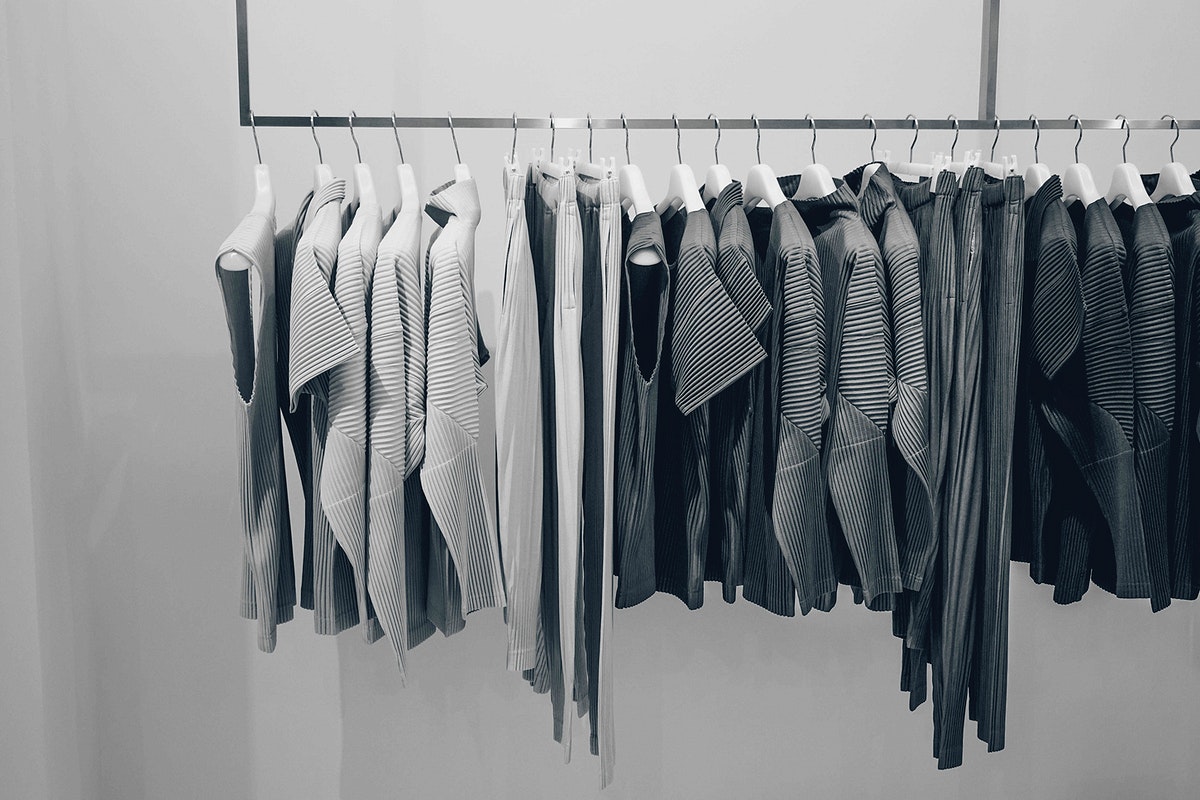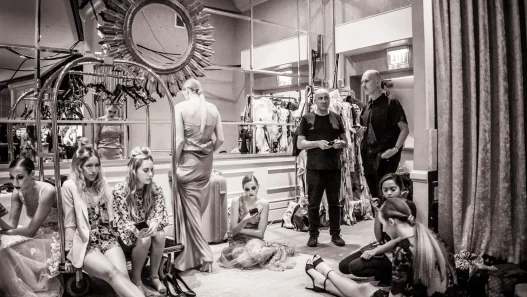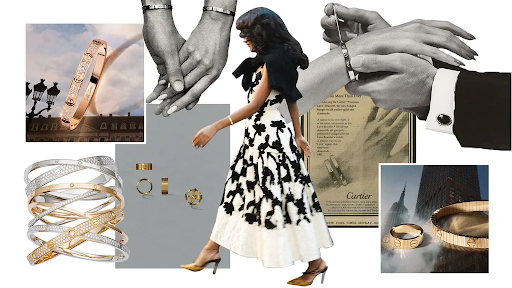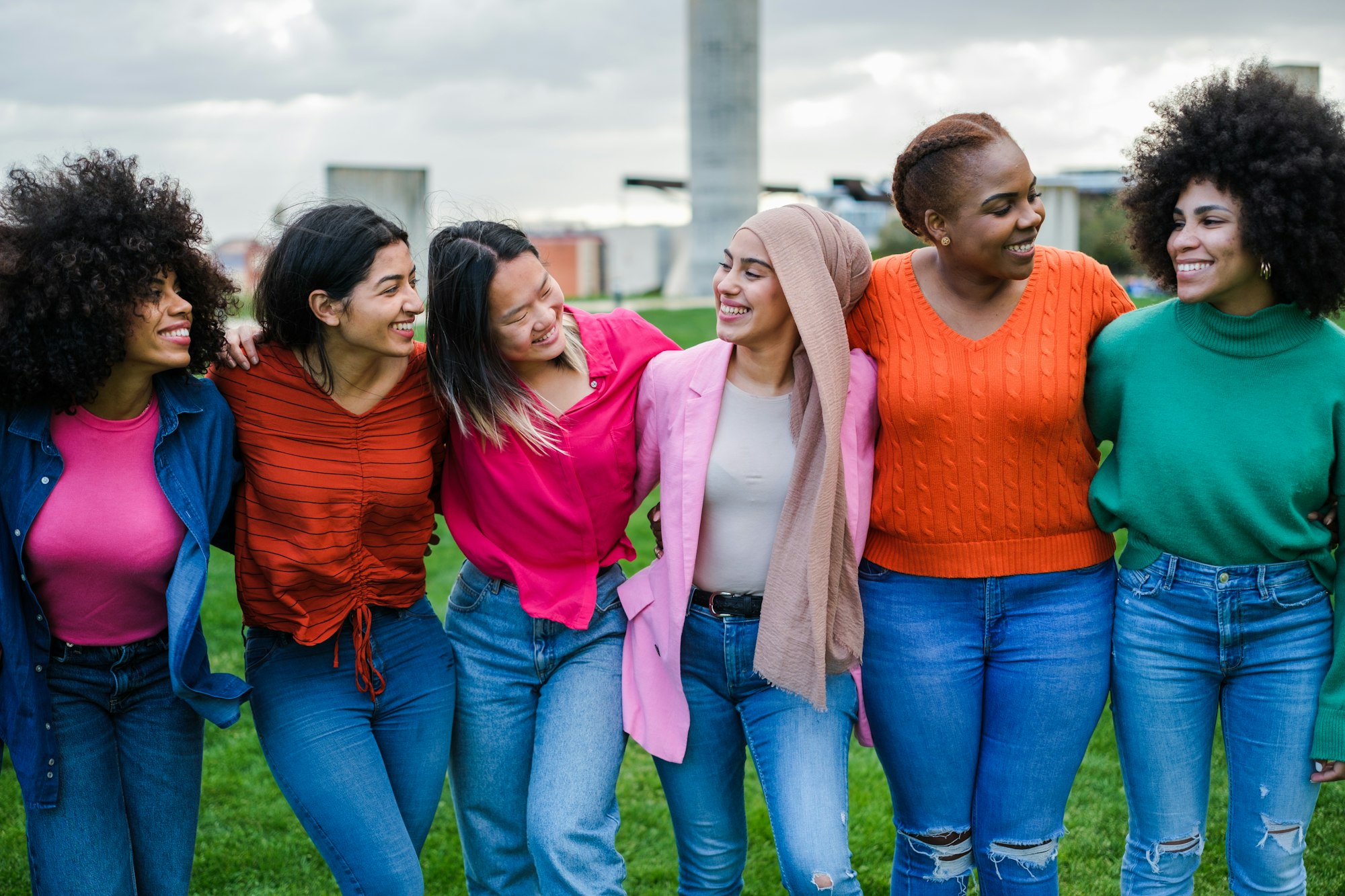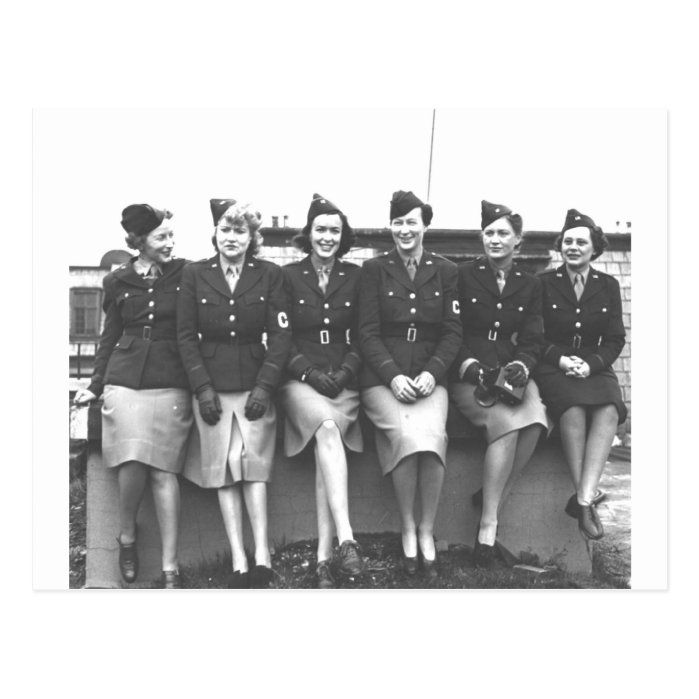Fashion, like history, follows a cycle. Historical objects often reemerge in modern wardrobes, either in their original form or modified. The everlasting elegance and originality of ancient Egyptian clothing distinguishes it from the various historical influences on modern design. Egypt, with its lengthy history of royalty, created clothing that was not only functional but also highly symbolic and artistically appealing. These characteristics of Egyptian clothing have had an extended influence on current design.
Ancient Egyptian attire, like its civilization, was symbolic, organized, and closely related to nature. Egyptian fashion remained relatively consistent throughout its 3,000 year civilization, in contrast to the quickly changing trends of the modern world. The clothing was appropriate for the region’s hot climate as well as being both attractive and practical. Linen was an attractive choice for the majority of the garments as it was both durable and breathable. Pleats and embroidery were elegant characteristics that enhanced the plain clothing throughout the New Kingdom era, when fashion grew more complicated.

Ancient Egyptian Linen
Linen, a classic Egyptian cloth, is still utilized in current fashion. Linen, as in ancient Egypt, is a popular choice for summer clothing due to its permeability and light weight. Multiple designers use linen in their summer designs to showcase the fabric’s timeless appeal.
Egyptians placed great importance on personal appearance, with both men and women taking considerable care in their grooming. The clothing was designed with both form and function in mind. It was designed to be both weather-appropriate and comfortable, but it also served as a status and identity statement for the wearer. Women wore more fitted dresses to accentuate their figures, while men typically wore kilts that varied in complexity depending on the wearer’s status. As we know, certain materials, styles and colors were used to signify the upper class, ancient Egypt was no different in such a case as the above as well as ornamentation was used to further distinguish the wearer’s social standing.
The silhouette of ancient Egyptian clothing is one of its most iconic aspects. Modern fashion has adopted Egyptian clothing’s columnar, straight lines, particularly in the style of skirts and tunics. The kalasiris, a long, form-fitting gown worn by ancient Egyptian women, bears significant similarities to the sheath dress, a staple of modern women’s fashion. Because of its simplicity and attractiveness, this form-fitting silhouette—which is commonly accented with a belt or ribbon around the waist—is still popular. For example, Audrey Hepburn’s famous sheath gown in the film “Breakfast at Tiffany’s” is based on ancient Egypt’s beautiful, columnar clothes.
Furthermore, modern design has been influenced by the Egyptian garment industry’s use of pleating. Pleats provided structure and movement to ancient Egyptian clothes while also adding decoration. Pleating is a common approach employed in collections by designers like Issey Miyake, who were inspired by ancient Egyptian traditions. Miyake’s fluidity and form-focused “Pleats Please” collection is a modern spin on pleated clothes popular in ancient Egypt.
When talking about ancient Egyptian fashion, one cannot fail to mention Cleopatra, as perhaps no figure from ancient Egypt has had a more lasting impact on fashion than Cleopatra VII, Cleopatra’s fashion style has long influenced painters, filmmakers, and designers, elevating her to the status of one of history’s most famous fashion icons.
Cleopatra’s signature elements, such as the form-fitting shawl and the tight tunic with shoulder braces, continue to be popular today, demonstrating her influence on fashion. Designers have reinterpreted these patterns to create new garments inspired by the Nile Queen’s opulence and power. Rich colors like gold, emerald, and scarlet, which Cleopatra adored, continue to influence current fashion, particularly in the haute couture and eveningwear categories.
~By Aneka Khanna


